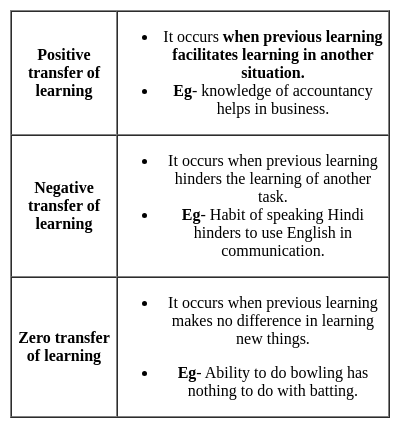Software Development Exam > Software Development Tests > Test: Professional Knowledge - Software Development MCQ
Test: Professional Knowledge - Software Development MCQ
Test Description
10 Questions MCQ Test - Test: Professional Knowledge
Test: Professional Knowledge for Software Development 2025 is part of Software Development preparation. The Test: Professional Knowledge questions and answers have been prepared
according to the Software Development exam syllabus.The Test: Professional Knowledge MCQs are made for Software Development 2025 Exam.
Find important definitions, questions, notes, meanings, examples, exercises, MCQs and online tests for Test: Professional Knowledge below.
Solutions of Test: Professional Knowledge questions in English are available as part of our course for Software Development & Test: Professional Knowledge solutions in
Hindi for Software Development course.
Download more important topics, notes, lectures and mock test series for Software Development Exam by signing up for free. Attempt Test: Professional Knowledge | 10 questions in 12 minutes | Mock test for Software Development preparation | Free important questions MCQ to study for Software Development Exam | Download free PDF with solutions
Test: Professional Knowledge - Question 1
A teacher should ___________ if learners display individual differences.
Detailed Solution for Test: Professional Knowledge - Question 1
Test: Professional Knowledge - Question 2
After teaching subtraction and addition in class, a student is able to remove six apples from a pot containing 11 and understand that there would be five left, then it is a:
Detailed Solution for Test: Professional Knowledge - Question 2
Test: Professional Knowledge - Question 3
Which of the following DOES NOT come under the cognitive domain of Bloom's Taxonomy?
Detailed Solution for Test: Professional Knowledge - Question 3
Detailed Solution for Test: Professional Knowledge - Question 4
Test: Professional Knowledge - Question 5
Who proposed that all children have language acquisition device?
Detailed Solution for Test: Professional Knowledge - Question 5
Test: Professional Knowledge - Question 6
The desire of a person "to earn name and fame in life" is
Detailed Solution for Test: Professional Knowledge - Question 6
Test: Professional Knowledge - Question 7
According to NEP 2020, what must be the goal of the school education regulatory system?
Detailed Solution for Test: Professional Knowledge - Question 7
Test: Professional Knowledge - Question 8
Which of the following is not an important feature of ECCE (Early Childhood Care and Education)?
Detailed Solution for Test: Professional Knowledge - Question 8
Test: Professional Knowledge - Question 9
Physically and mentally handicapped children should be given
Detailed Solution for Test: Professional Knowledge - Question 9
Detailed Solution for Test: Professional Knowledge - Question 10
Information about Test: Professional Knowledge Page
In this test you can find the Exam questions for Test: Professional Knowledge solved & explained in the simplest way possible.
Besides giving Questions and answers for Test: Professional Knowledge , EduRev gives you an ample number of Online tests for practice
Download as PDF



















